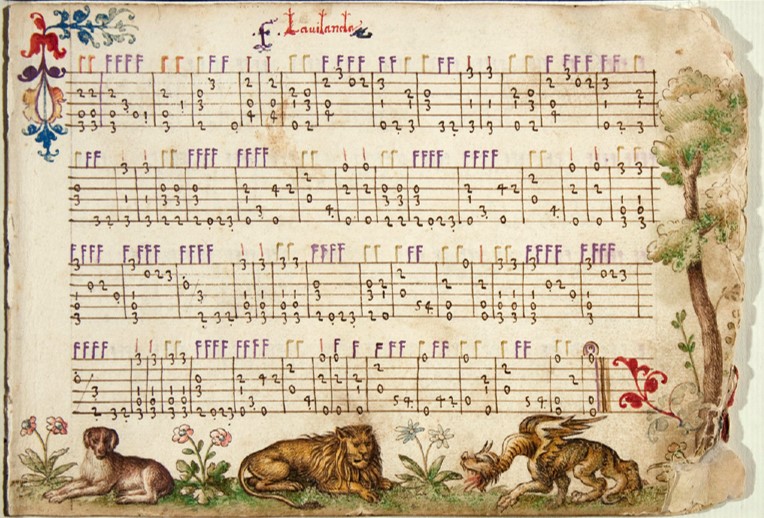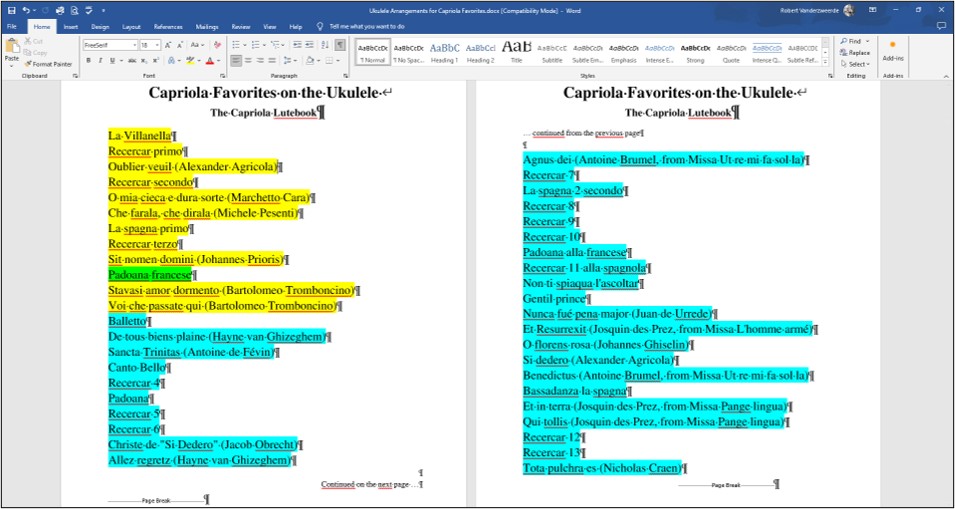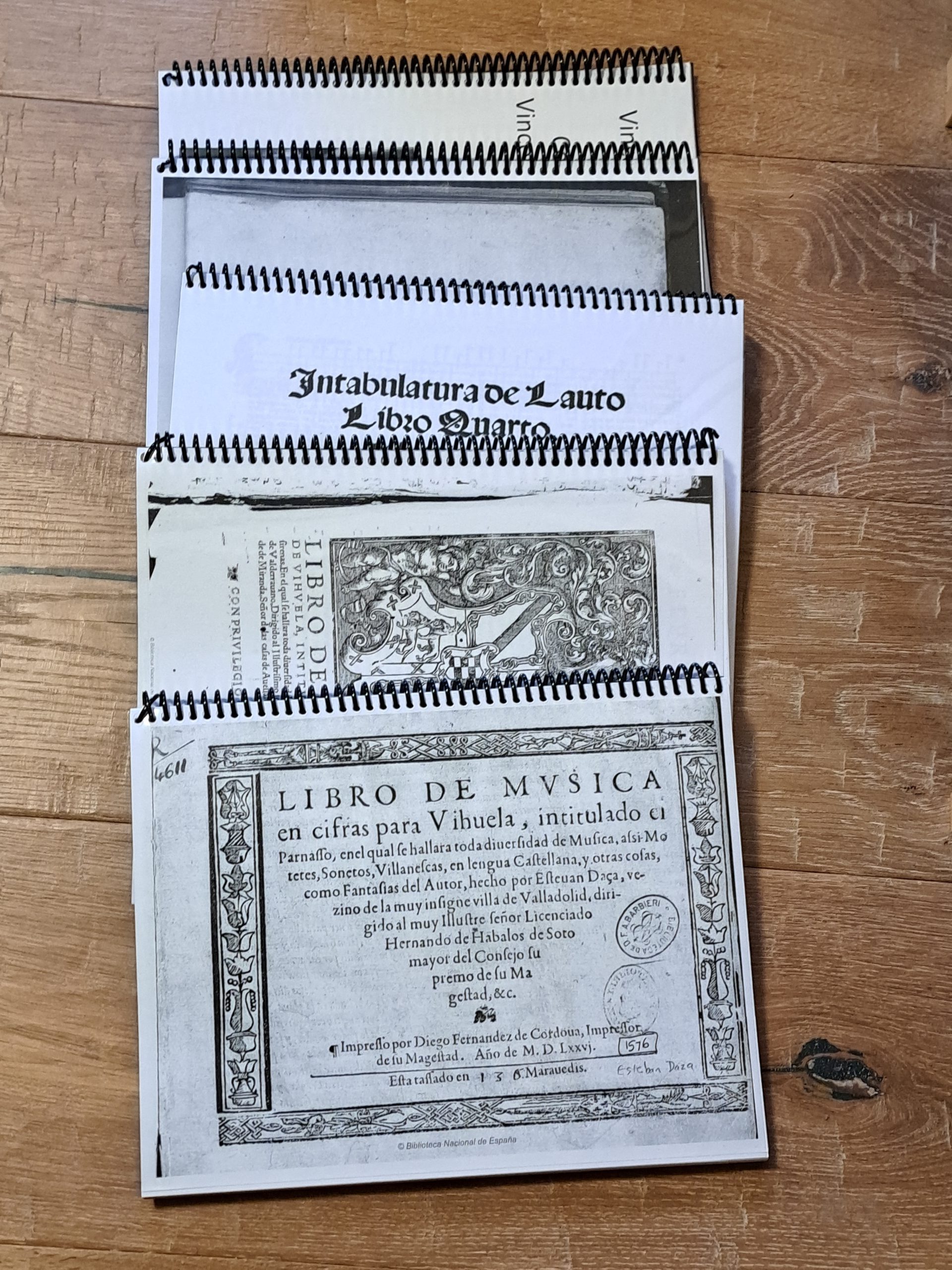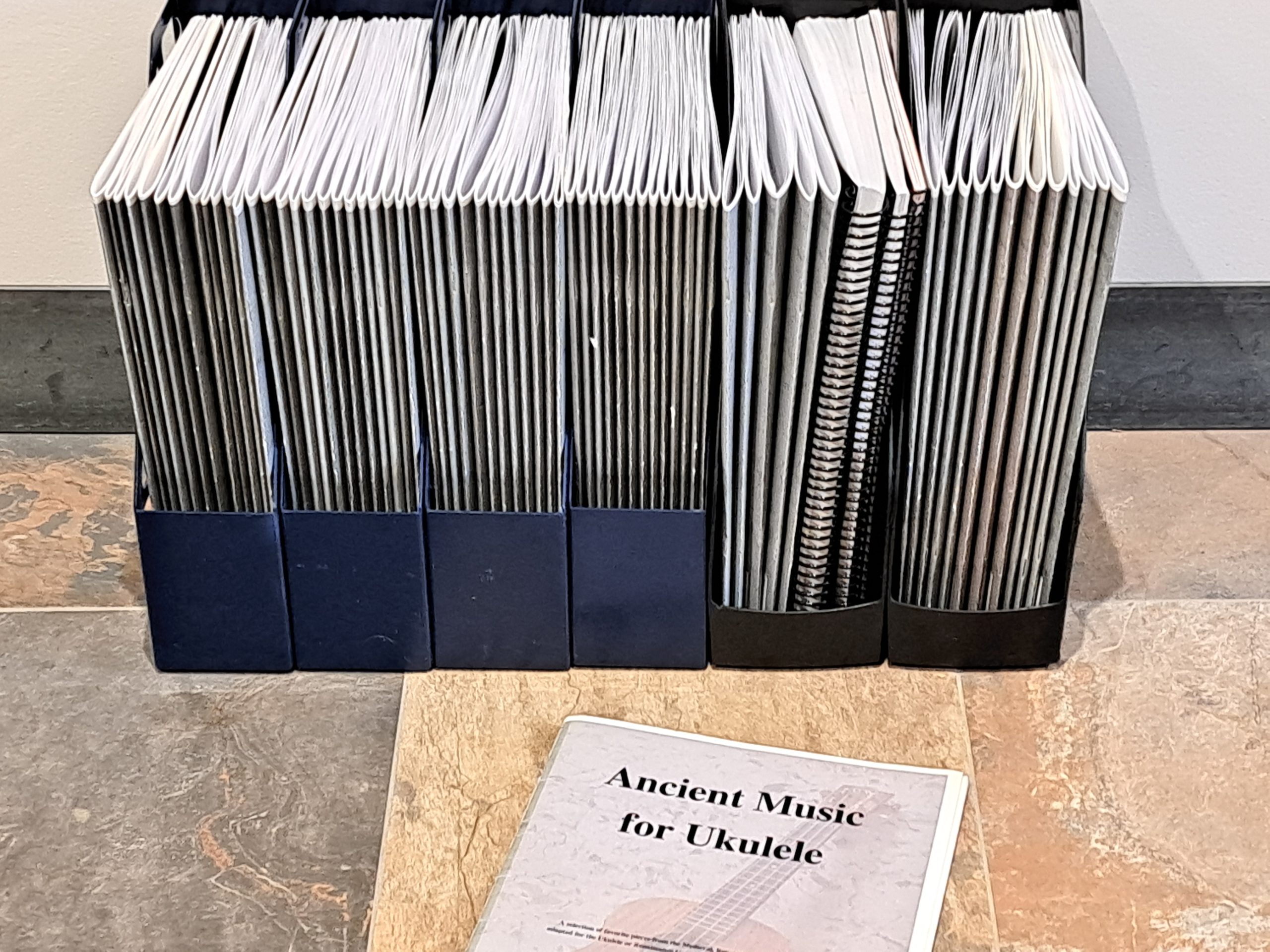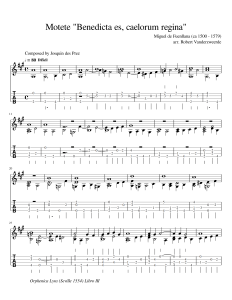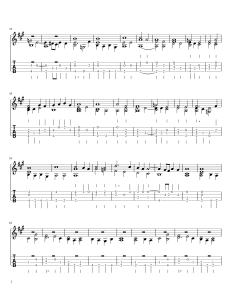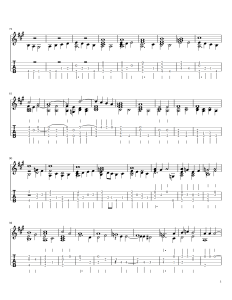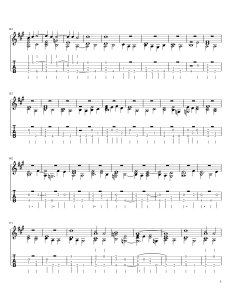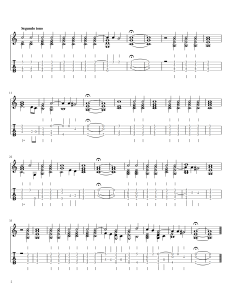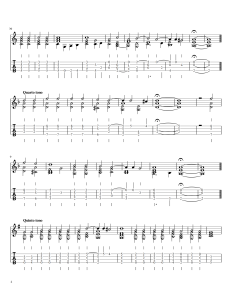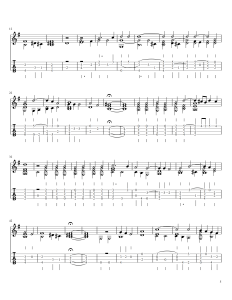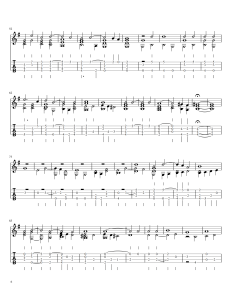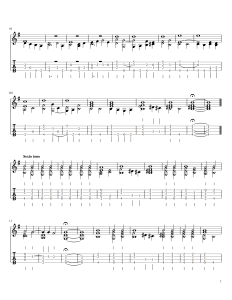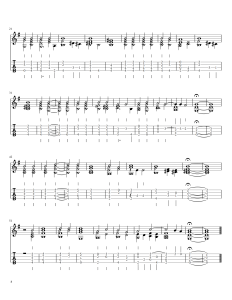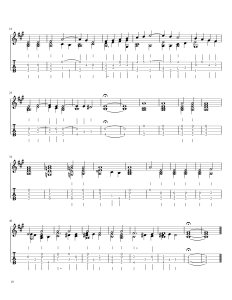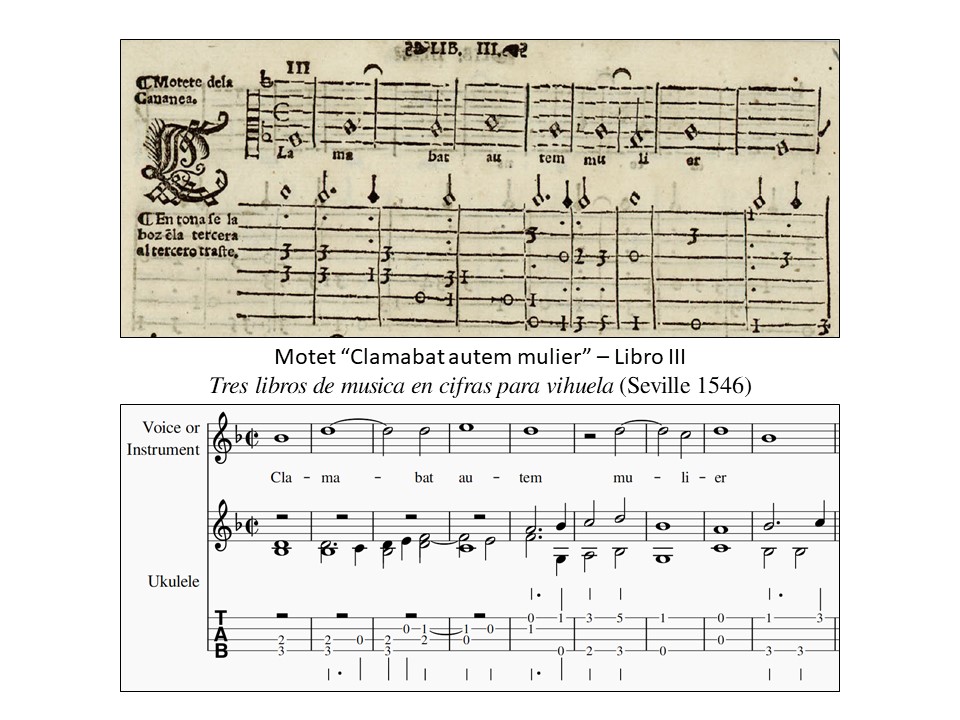I am currently working on the music by Joan Ambrosio Dalza (flourished 1508), who was a Milanese lutenist and composer. His surviving works comprise the fourth volume of Ottaviano Petrucci’s influential series of lute music publications, Intabolatura de lauto libro quarto (Venice, 1508).
The lute folio is fairly standard for that time period, but I came across an anomoly that I cannot explain. It’s in the Saltarello movements of all the pieces named Pavana alla Ferrarese. Can you see it?

The peice is marked C3, which means three beats to the bar. But the tabulature is written out as two beats to a bar.
I analyzed the music and it really is in three. For a single phrase, the original folio shows 12 bars of 2 beats each, but it’s really a phrase of 8 bars of 3 beats each (both 24 beats in total).
Why?? I don’t know. This notation is easier to read than what would have been used (i.e. quarter and eighth notes rather than a series of triplets), but it’s difficult for the performer to see the phrasing as the bass note beats are not always at the start of the bar and an ascending or descending note passage is often split over two half bars.
SO, I arranged the music back into the correct phrasing. Look at this snippet of the arrangement I created of the folio snippet that I showed above and see if you can align the phrasing.

It’s a lot more work to do this but, in the end, it should be easier for the performer to play.

